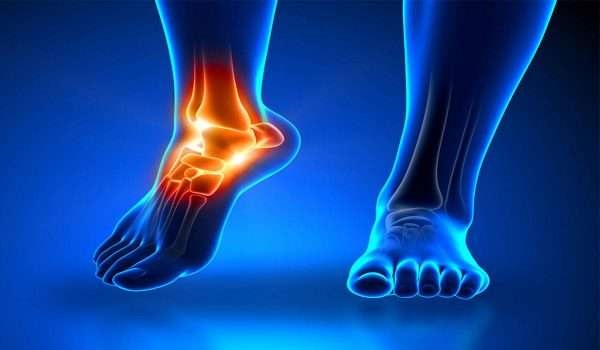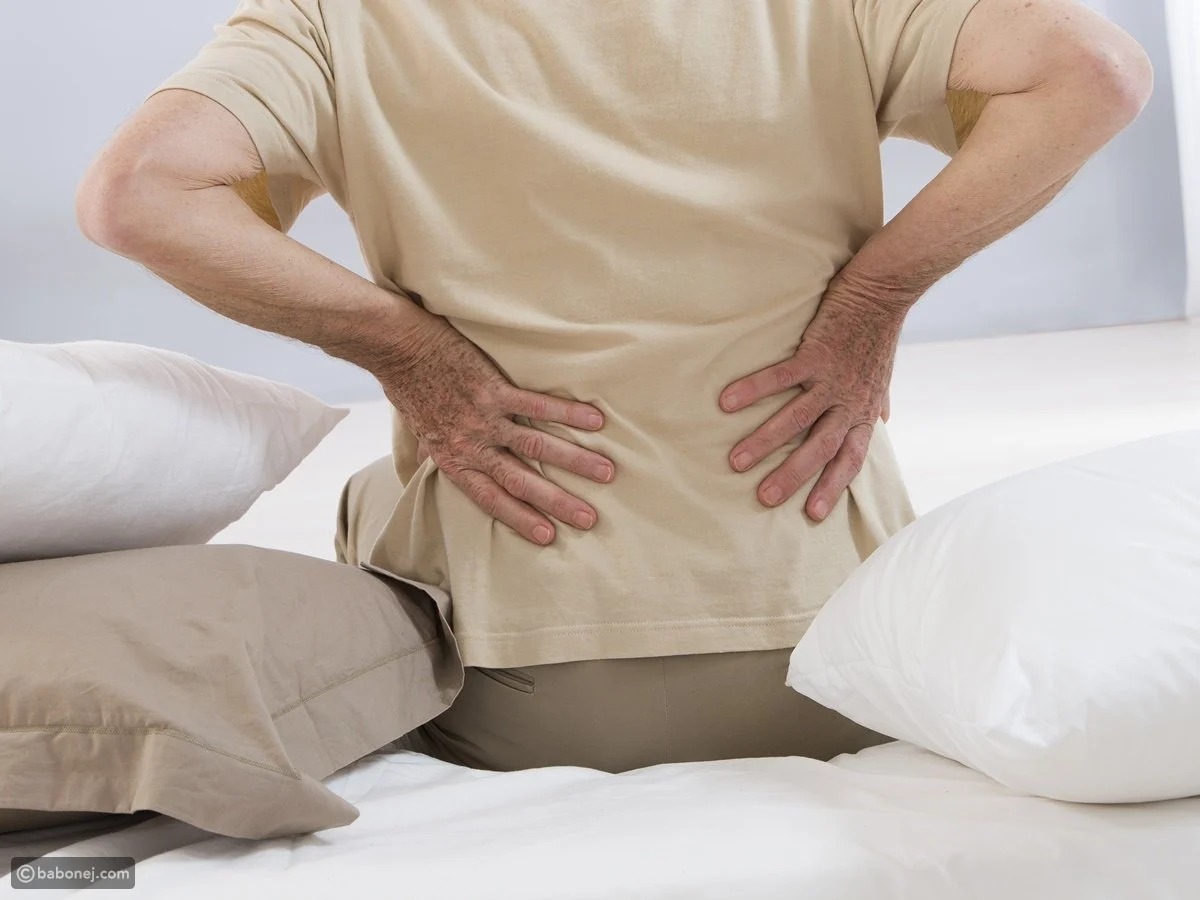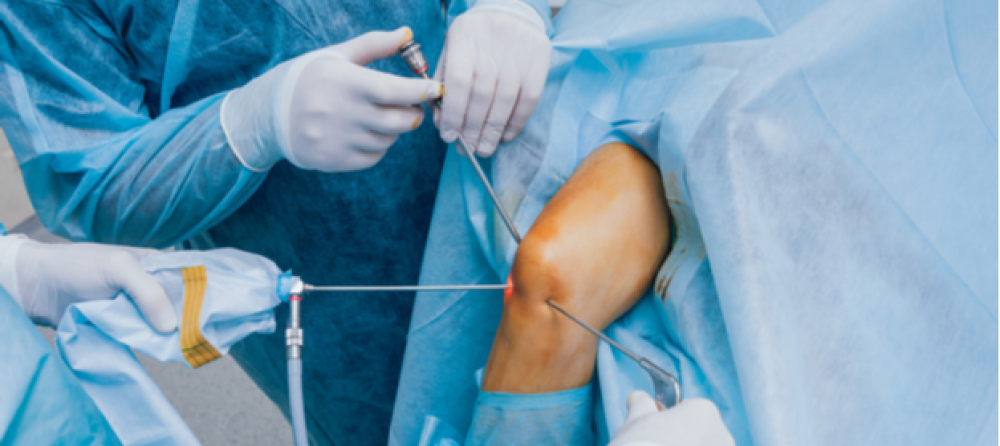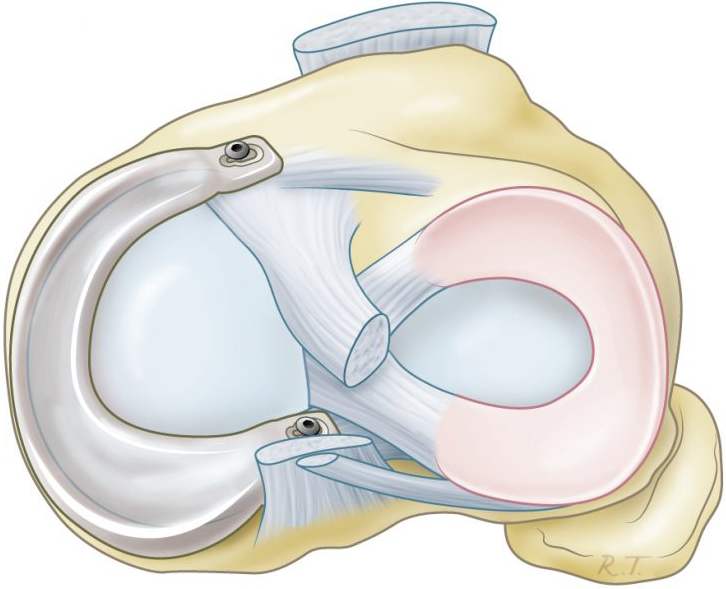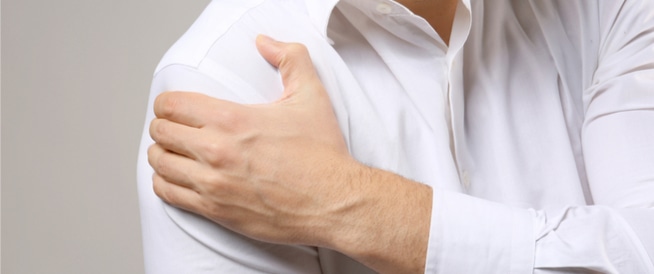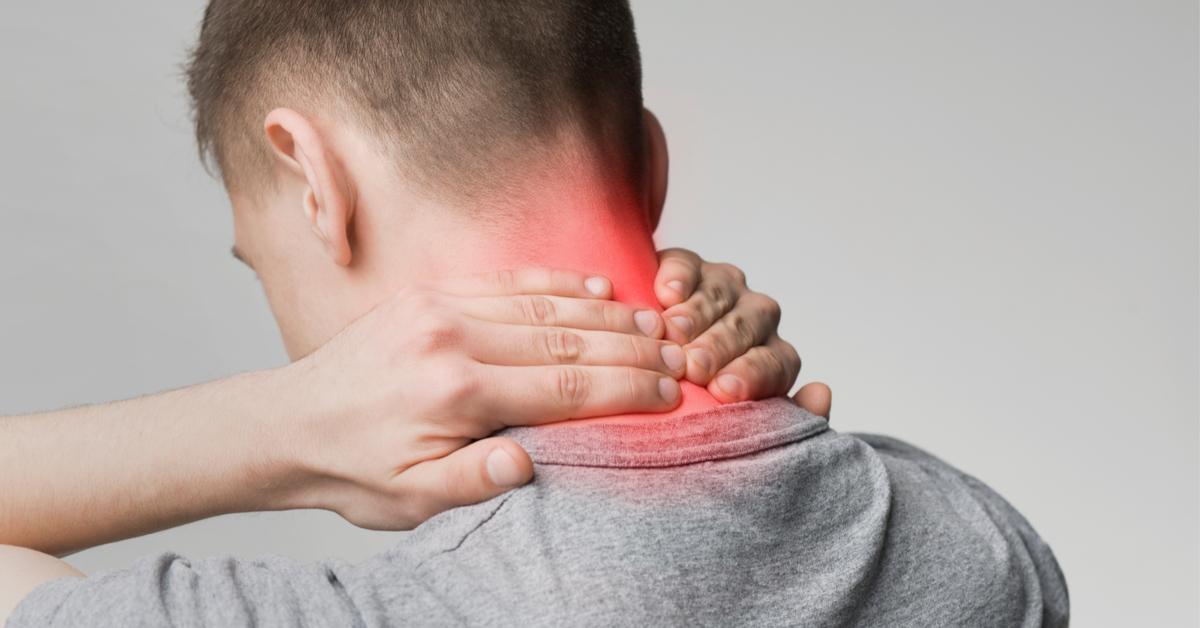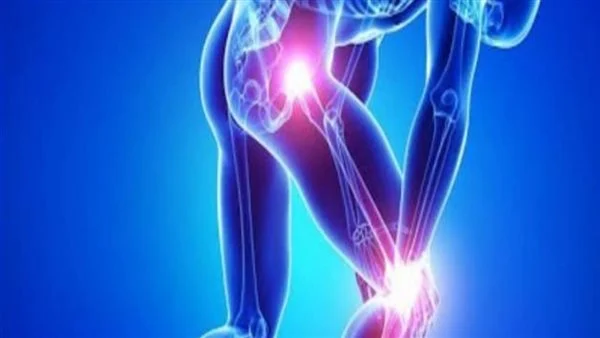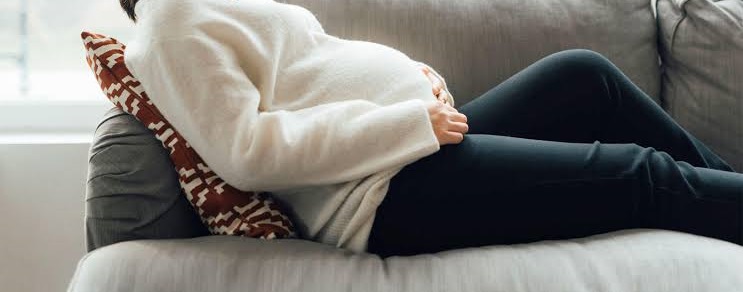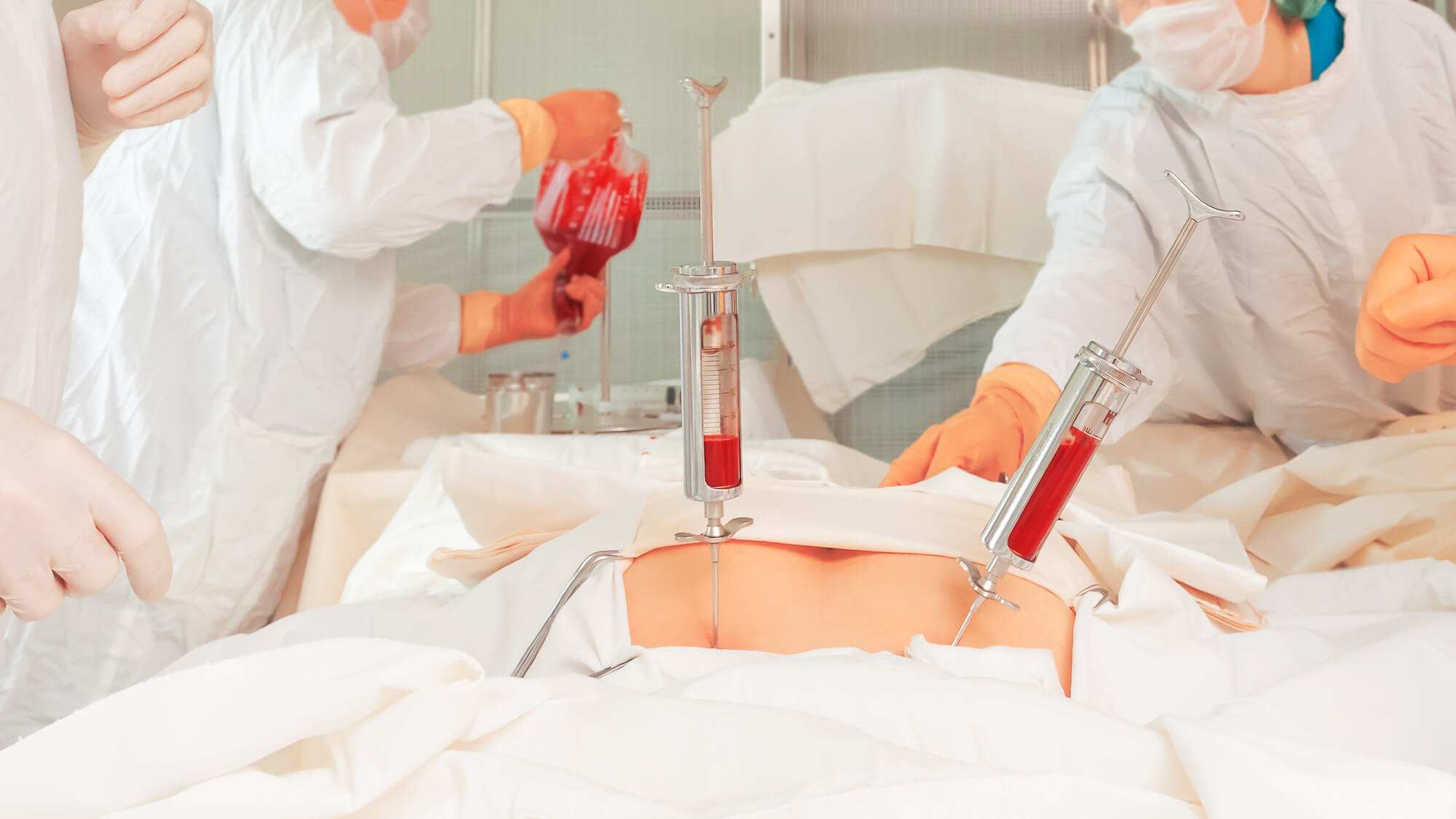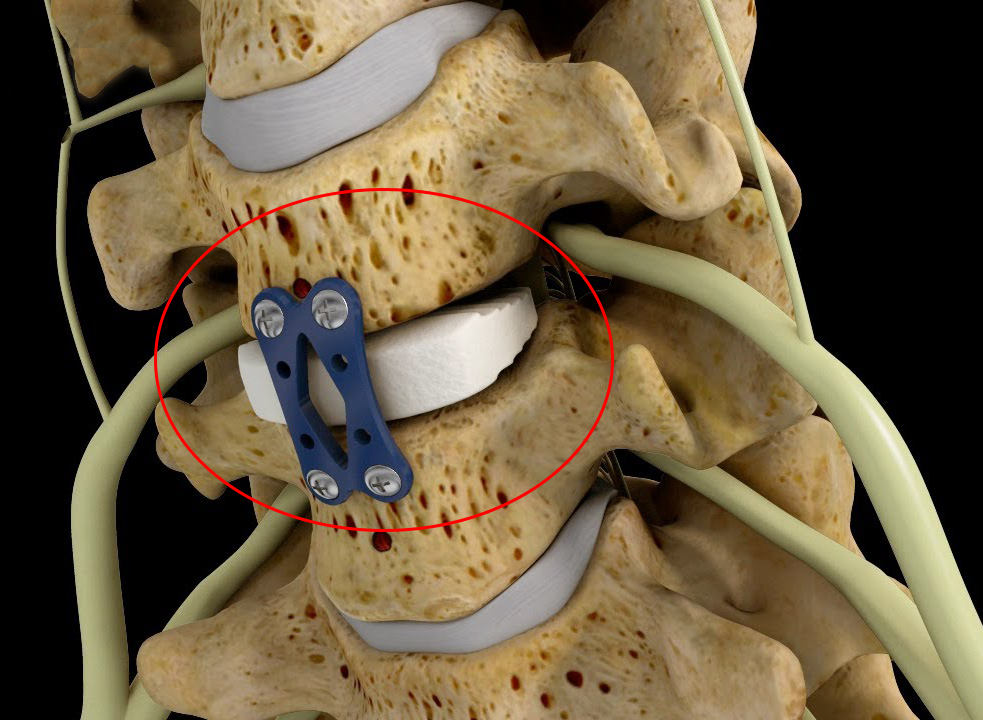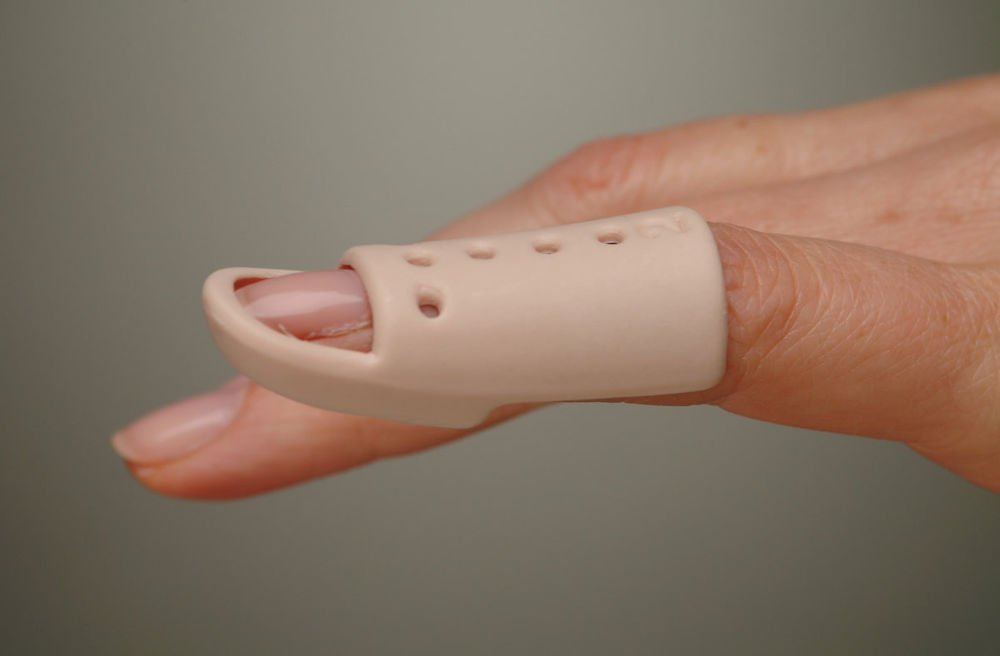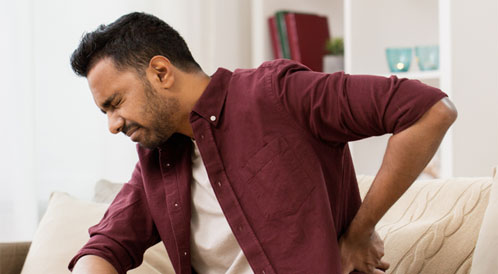Who is the best doctor for treating bowlegs? And what is the cost of the surgery in Cairo?
Best Doctor for Treating Bowlegs. Bowlegs are a common issue among a large group of people, particularly among children. Naturally, patients seek the best doctor who can assist them in finding a suitable solution for their problem. We will explore this in more detail in our following paragraphs, which shed light on the concept of bowlegs and the most important information related to it. So, follow us to stay updated with all the new developments.

Best Doctor for Treating Bowlegs
Bowlegs are a well-known and widespread issue among both children and adults. There are many causes for this problem, which we will explore in detail later. The issue of bowlegs negatively affects the patient’s self-esteem, both aesthetically and psychologically. Therefore, they seek the best doctor who can help them overcome this and provide the best treatment plan suitable for their condition. We will guide you through this by recommending one of the best orthopedic doctors, Dr. Amr Amal, whom you can contact through the following link.
What are Bowlegs?
Bowlegs is a condition where the patient’s body exhibits a deformity in the leg area, characterized by the knees being far apart when the ankles are brought together. This bowing may indicate a specific medical condition such as rickets or Blount’s disease (bow-leggedness), and can lead to arthritis in the knees or hips. In most cases, the legs begin to straighten naturally as the child grows. If the bowing persists beyond the age of three, it may indicate a medical problem that requires consultation with a doctor.
How Do I Know If I Have Bowlegs?
One can recognize having bowlegs or a close one being affected by observing certain symptoms, which include:
- Asymmetry of the legs.
- Distance between the knees.
- Abnormal walking gait.
- Discomfort in the hips, legs, or ankles due to the pressure of the bowed legs on the joints.
What Causes Bowlegs?
Several reasons can lead to bowlegs, which we will detail as follows:
- Rickets in children: A bone disease affecting children, resulting in bowlegs and other bone deformities. It arises from a prolonged deficiency of calcium, phosphorus, or vitamin D, or possibly from a genetic disorder that prevents proper absorption of vitamin D, leading to weak bones and eventually bowing.
- Paget’s disease: A metabolic disease common in the elderly, negatively affecting bone reconstruction. Inadequate rebuilding of bones can lead to bowlegs and joint issues. Early diagnosis significantly aids in treatment.
- Blount’s disease: Also known as tibia vara, where a child’s shinbones develop abnormally, bending below the knees. This condition can worsen as the child begins to walk, with symptoms appearing early or delaying until adolescence. It can cause long-term knee problems and is common in females, especially in Africa and America. Factors such as excessive weight and early walking can increase the risk.
- Dwarfism: Certain forms of dwarfism can cause bone growth disorders, leading to bowlegs as the individual ages.
- Fluoride poisoning.
- Lead poisoning.
- Improperly healed bone fractures.
- Abnormal bone development or bone tissue disorders.
- Some children are born with bowlegs due to the fetal position in the womb, which then naturally corrects as the child begins to walk and bear weight, usually around the age of one to one and a half years.

Degrees of Bowlegs
There are two primary types of bowlegs, which we will detail as follows:
- Bowing of the knee outward (genu varum): The most common type, also known as bow-leggedness, where the knees are spaced apart when standing with the feet together. This condition results in excessive loading on the inner part of the knee joint. If the bowing angle is significant, it can cause the ligaments on the outer side of the knees to slacken, worsening the bowing over time.
- Bowing of the knee inward (genu valgum): Known as knock-knees, where the knees are close together while standing, but the feet are apart. This condition places most of the body weight on the outer side of the knee, often accompanied by limping, pain in the feet, hips, ankles, and knees. Several factors, like obesity, arthritis, and deficiencies in calcium and vitamin D, can increase the risk of knock-knees.
How is Bowlegs Diagnosed?
Bowlegs can be diagnosed through the following steps:
- The patient undergoes a physical examination.
- Measurements of the legs are taken.
- Observation of the patient’s walking pattern.
- X-ray images are taken to check for deformities in the legs or knees.
- Blood tests are conducted to determine the main cause of bowlegs.
What is the Treatment for Bowlegs?
“Suffering from the discomfort of bowlegs? Book an appointment at Dr. Amr Amal’s clinic and get ready to eliminate pain and regain your freedom of movement.”
Treatment for bowlegs includes the following methods:
- Treating the primary causes that led to bowlegs.
- Use of specific orthotic devices.
- Resorting to special footwear.
- Surgical intervention to correct bone deformities.
Can Bowlegs Be Treated Without Surgery?
Yes, there are some methods that help alleviate the symptoms associated with bowlegs, although they do not completely cure the condition, only reducing its complications. These include:
- Weight loss: Excess weight certainly affects the condition and can worsen it, increasing risks to the knee joint and leg bones. Reducing weight helps relieve the load and stabilize the knee joint, significantly lessening the complications of bowlegs.
- Physical exercises: Patients undergo a suitable physical therapy program designed by the doctor, focusing mainly on strengthening the thigh and leg muscles, which helps distribute the load and pressure more evenly on both knee joints.
- Medications: Used in cases of accompanying conditions like arthritis, tendon inflammation, and tissues surrounding the knee joint in particular and leg joints in general. However, they do not completely eliminate bowlegs.
- Non-surgical orthopedics: This treatment is for people with unequal leg lengths due to varying degrees of bowing. It involves adding padding to the patient’s shoes to help restore balance and equalize leg length, thus reducing pain.
How to Prevent Bowlegs?
There is no specific way to prevent bowlegs, but certain cases can be avoided by:
- Ensuring children get enough vitamin D, through a proper diet and exposure to sunlight.
- Consulting a doctor if a child still suffers from bowlegs after reaching two years old.
What are the Risks of Bowlegs?
Ignoring the treatment of bowlegs can lead to serious consequences over time. These risks necessitate surgical intervention to repair the condition and include:
- Pain develops due to neglecting the treatment of bowlegs from its discovery.
- The knee may suffer significant stress, leading to damage and deterioration.
- The patient develops inflammation in the knee joint and other joints, causing joint roughness.
- The condition affects the patient’s ability to perform daily activities normally, along with suffering from an aesthetically asymmetrical appearance.
- Individuals with bowlegs face difficulties in practicing certain sports or jobs requiring constant movement and activity.
For more details regarding the impact of bowlegs on a person’s life, you can read this article.

Exercises for Treating Bowlegs
Doctors recommend patients with bowlegs to perform a series of exercises that help in treating bowlegs and restoring the natural shape of the legs. Among these exercises are:
- Squat with Toes Touching: This exercise involves standing with feet about three inches apart, then turning the toes towards each other until the big toes touch. Then, sit down as low as possible, extending the arms straight forward for balance, and squat down as much as possible. The range of motion will be limited during this exercise.
- Side-Lying Exercise: This involves lying on one side with the feet stacked on top of each other and the knees bent at a 90-degree angle. Ensure the body forms a straight line from the head to the knees. Keep the knees together while lifting the top foot from the bottom foot and rotating the top leg inward.
- Foam Roller Exercise: For this exercise, the patient holds a foam roller between the legs to activate the adductors while pulling the knees inward. Then, place the foam roller, stand with knees apart, and press on the roller. Keep the knees straight and bend forward to touch the toes.
Bowleg Surgery
Bowleg surgery is the last resort for treating certain cases of bowlegs that do not respond to non-surgical treatment methods. The condition progresses, affecting the appearance of the legs, hindering movement and daily activities, and causing severe pain. The following methods are used:
- Guided Growth: This method is used in children before reaching puberty. It involves fixing a metal brace on the healthy side of the child’s leg, stopping growth on the healthy side while allowing growth on the bowlegged side. Once the knees reach a symmetrical shape, the brace is removed.
- Tibial Osteotomy: This procedure involves cutting a part of the shinbone to reshape and equalize it, correcting the bowleg and achieving normal leg alignment.
Facing difficulties in movement due to bowlegs? Don’t worry, Dr. Amr Amal specializes in providing personal care for patients and helps you return to your normal life.
How Long is the Recovery Period from Bowleg Surgery?
Patients undergoing bowleg surgery require a recovery period ranging from two to three months for complete healing and for the bones to heal properly. However, this varies from person to person depending on the severity of the bowing and any other health conditions that may delay the healing process. Additionally, the recovery time changes depending on the type of surgery performed, which could be shorter or longer depending on the patient’s condition.
How Much Does Bowleg Surgery Cost in Egypt?
The cost of bowleg surgery in Egypt ranges from 900 to 1600 US dollars. This variation is due to several factors that influence the final cost of the surgery, such as the patient’s condition, the treatment method chosen by the doctor, as well as the doctor’s experience, skill, and competence, and the level of medical care provided by the hospital where the patient stays.
How Can Dr. Amr Amal Help You Treat Bowlegs?
Dr. Amr Amal is considered one of the most important and best orthopedic and joint surgeons in Egypt, known for his extensive years of experience in this particular field. He is one of the best choices for resolving the issue of bowlegs, relying on the latest techniques and recognized methods to treat bowlegs at the lowest costs and with the best results. He has had many highly successful experiences with patients suffering from bowlegs who felt significant improvement after following his treatment plan or undergoing surgical intervention. Dr. Amr Amal is known for his excellent approach in handling cases, his willingness to listen to patients’ complaints, and his efforts to find the best solution that fits their problem and alleviates their pain.
Is Bowlegs Considered a Disability?
The term disability is applied to any condition that may render a patient unable to move or perform daily activities normally. Therefore, it can be said that bowlegs are a form of disability due to its impact on an individual’s movement, walking style, and daily activities, especially if neglected until it reaches advanced stages where the patient may not be able to cope without surgical intervention.
Does Bowlegs Affect Walking?
Many cases of bowlegs result in unequal leg lengths, causing a limping gait in the patient. However, it affects not only the ability to walk but also impacts the lumbar vertebrae in the lower back area due to increased pelvic movement during walking and movement.
Can One Live with Bowlegs?
We understand the impact of bowlegs on the quality of your life. Rely on Dr. Amr Amal’s expertise in providing the latest treatments for this condition and achieving comprehensive improvement in your health.
If the degree of bowlegs is severe, it is not possible for the patient to live with it comfortably as it affects the knees and causes extreme pain. It impacts movement and requires consultation with a specialist to find a suitable solution that fits the patient’s condition.

